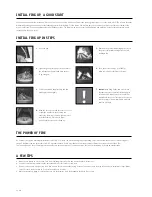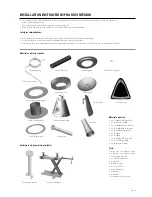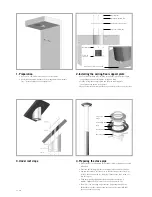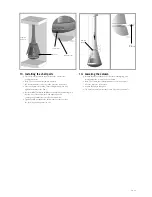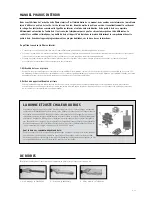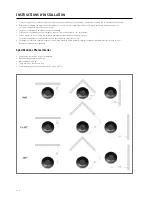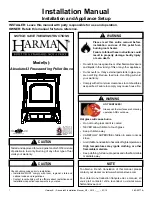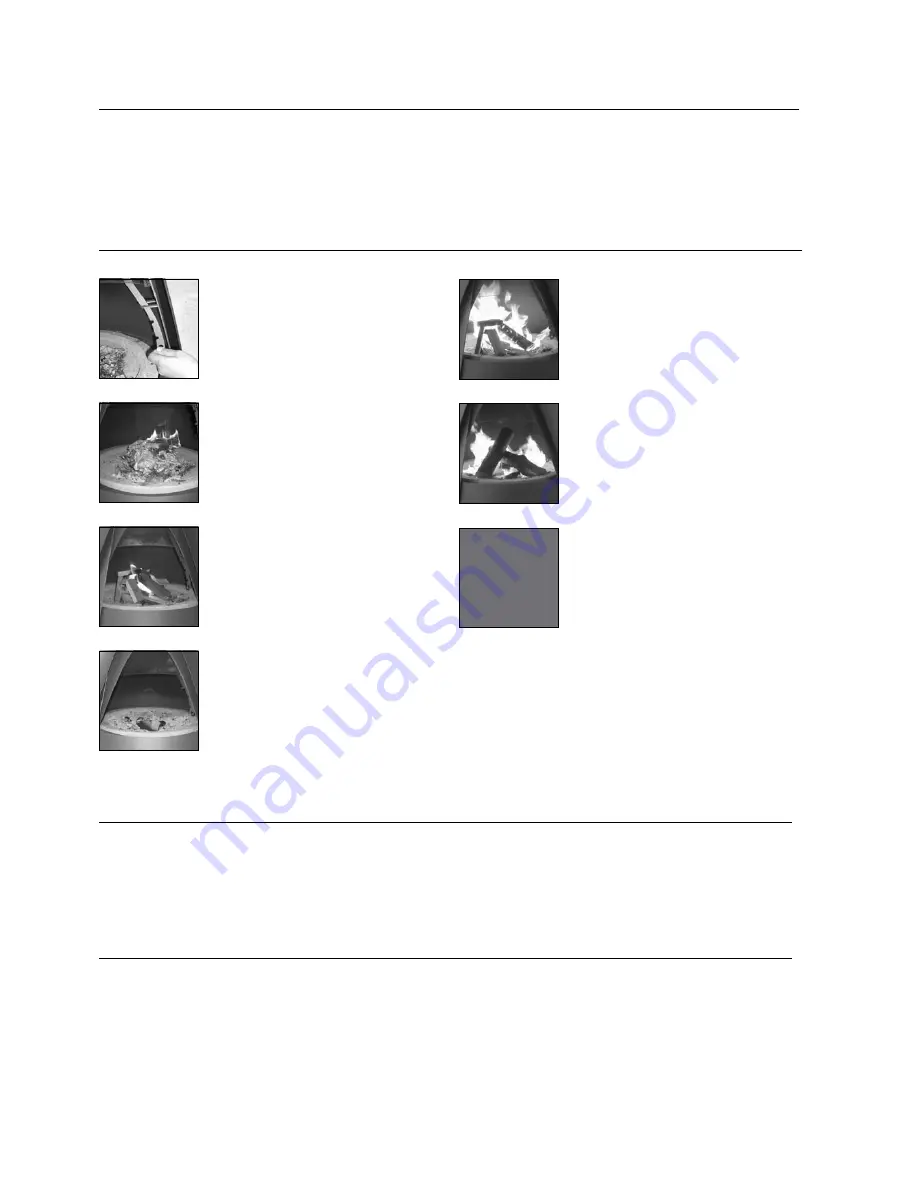
16 GB
the Power oF FIre
As a matter of fact just a few things withstand a real hot fire. Your stove can also be damaged by overheating. Just to prevent this take account of not burning more
than 3,5 kilograms of wood at the same time. 3,5 kg equals about 3,5 solid logs; ideally, the moisture content of firewood should not be more than 15%.
The construction and the used materials from the stove are suchlike chosen to control and resist a fire in a considered way. So heat with consideration.
a Few tIPs
• Make the fire always on a bed of ash. This is an insulating layer for the fire and an excellent bed for the fuel.
• You also control the temperature by the amount and kind of fuel used for each load.
• Remove excess ashes using a scoop or an Ash Cleaner. Never remove ashes using a vacuum cleaner because fire may still continue to smoulder for days. Make
sure you leave a layer of ashes (± 3 cm) for the next fire to be made.
• When the weather is foggy, it is preferable not to use the fireplace since the draught in the flue will be too low.
InItIal FIre-uP, a good start
You have purchased a brand-new stove, ‘zero on the meter’, has not seen a flame yet. This means you are going to take care of the initial ‘miles’. The ceramic firebricks
will start evaporating moisture and your woodburning stove will start setting. For this reason, the first few times, do not make your fire too hot because otherwise the
bricks could crack. You need not worry about any shrinkage cracks. The initial fire-up requires some additional time and attention, as well as the approach we have
outlined below for you in steps.
InItIal FIre-uP In stePs
1.
Open the flap.
3.
Fill the stove with a handful of dry and thin
kindling wood and light it.
5.
After an hour you will start bringing the stove to
the proper temperature using first some thin
kindling wood.
7.
Caution:
when firing up the new stove for the
first time, the stove’s paint will soften and give
off a bad smell. Make sure there is sufficient
ventilation in the room. Try to touch the stove as
little as possible. The paint will have hardened
after the first burn.
6.
Then use more solid logs, ± 7x7x30cm.
Allow some time for the stove to heat up.
4.
Allow the fire to go out and the stove to cool off
so that the moisture in the firebrick can
evaporate. Note: some liquid might come free
from the firebrick. Place an old towel
underneath the stove before firing up.
2.
Light a large ball of dry paper in the middle of
the combustion chamber and allow the fire
to go out again.
!
Summary of Contents for PHAROS INTERIOR
Page 2: ......















